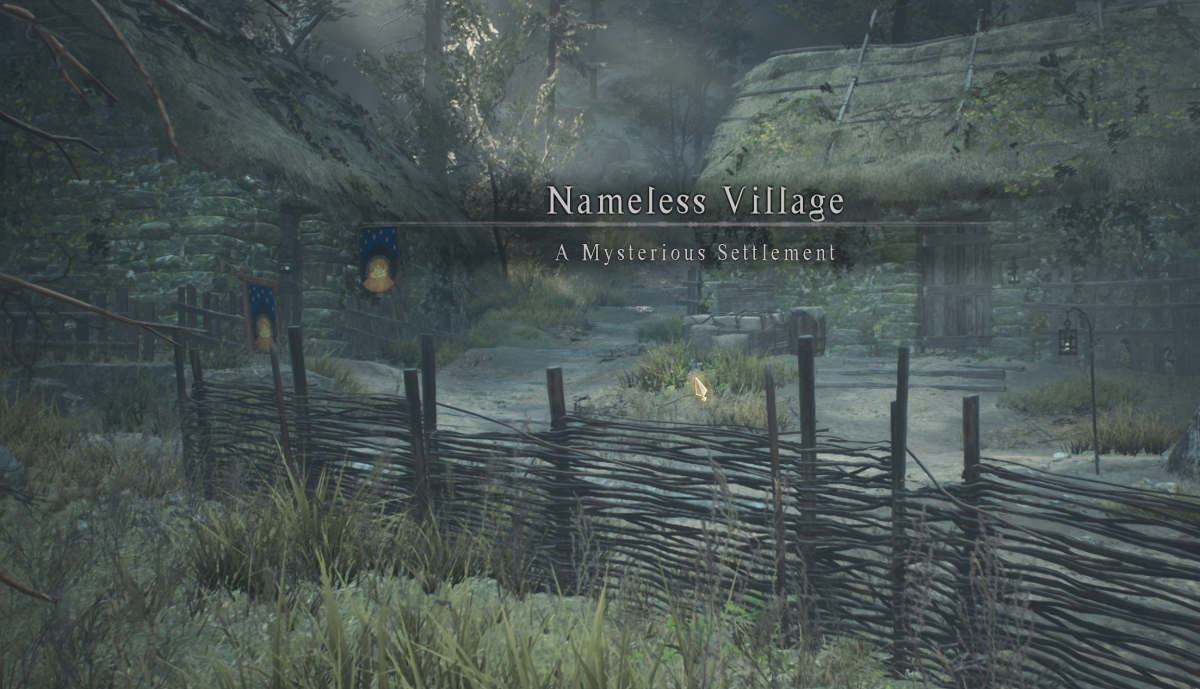We’ve talked about betting for value and some tools to determine whether a bet is worth making, but we haven’t yet talked about systematic strategies for betting. We haven’t quite built up all of the knowledge to fully define what a winning strategy looks like. However, it’s worth pausing to talk about two of the most common approaches and why they’re actually betting traps.
We’re talking, of course, about favorites and underdogs.
Favorites
In almost every head-to-head competition, the two teams or players are not evenly matched. One of them is perceived as more likely to win and the other as less likely. If you can find odds on that match, it’s even easier to identify who’s who. Those odds can be converted into probabilities and the team or player with the higher probability is the favorite.
Favorites can come in different magnitudes, naturally. A team that has a 55% chance to win is still a favorite, but nowhere near as dominant as a team with a 90% chance to win. This has some obvious importance as it pertains to betting but both of these situations are fundamentally similar. In each, the favorite is more likely to win than to not win.
Betting on the favorite in a match seems like a safe play. After all, you’re more likely to win than to lose, so it’s like free money, right?
If you’ve been following along with our guides, you should know by now that there’s no such thing as free money. You may win your bets most of the time but, if you’re not winning enough money on them to offset your once-in-a-blue-moon loss, it still only takes one unlucky result to ruin you.
If a friend said, “Hey, I bet you $5 that Logan Paul could beat Floyd Mayweather in a boxing match,” you’d obviously take that bet. There is virtually no chance of this happening (TV rating nonsense notwithstanding), so you’re basically guaranteed to just walk away with an extra fiver.
What if your friend wanted to bet at 1-to-100 odds? If you win, they pay you $5. But if they win, you have to pony up $500. You’d probably still take this bet, but now there’s some anxiety. You’re out a pretty penny if things somehow go sideways and your upside is very small. It’s still worth it but doesn’t feel so good anymore.
Let’s take it to the extreme. Your friend offers you this bet at one-to-a-million odds. It’s still almost impossible for you to lose this bet but nothing is actually impossible. A butterfly flaps its wings in Japan, an air draft flicks a speck of dust into an onlooker’s eye, they splash a few drops of their drink onto the ring and Floyd slips while simultaneously staring right into the flash of a camera. Who knows? If the “impossible” happens, you’re basically bankrupt for life (and if not, I’ve got some business ideas to pitch you). If things go according to plan, you’ve suffered all that heart-wrenching anxiety for a footlong at Subway. This is obviously a somewhat unrealistic bet, but it goes to show that just how favored a favorite is still only gives you half the picture.
Betting on the favorite can look very attractive. You’re more likely to win, which is fun. Winning feels good, even if it’s not a large sum each time. However, if you’re trying to make money in the long run, emotions should not play a role in your decision-making. Besides, that one $500 loss is going to feel a lot worse than the one hundred $5 wins you would have needed beforehand to break even.
Underdogs
The flip side of each bet is the underdog: the team that is less likely to win.
This is the high-risk, high-reward side of betting. The less likely a team is to win, the higher the payout will be if they do manage to pull off the upset. In the above example, you would almost certainly take a million-to-one bet against Mayweather. You’re almost guaranteed to just be out five bucks, but there’s a tiny chance you’re set for life.
This sort of “lottery” bet is attractive for exactly those reasons. Your downside is very limited and your upside is incredible. On average, lottery players lose money, but the marginal utility of money may make it worth it anyway.
Very few esports bets are going to have odds that high and, for the most part, marginal utility can be ignored. Psychologically, the same process occurs even with tamer bets; you can get away with staking relatively small bets, with the chance to get a sizable payout. If you lose the bet, you were sort of expecting to anyway so it doesn’t sting too much. If you win, seeing a big payout is exciting.
From a value perspective, once again, things like excitement should not factor into your decisions. There is no fundamental reason for betting on underdogs to have higher value than betting on favorites.
Systematic losses
If the market is pricing its odds correctly, both sides of a bet should have roughly equal expected value. If we believe the market’s implied probabilities, this expected value should be negative on both sides.
If betting on either the underdog or the favorite was systematically profitable, it would mean that the market is systematically mispricing one side of its bets. For example, if every match is actually closer to even than the market thinks, they will systematically be paying out too much on the underdog, and so betting on the underdog will have positive expected value. If this was the case, everyone would do so and oddsmakers would simply adjust their odds to adapt. Systematic issues are typically very easy to track down, so it’s unrealistic to be able to beat the market with such a simple approach.
Indeed, here is the PnL (profit-and-loss) of either betting always on the underdog or always on the favorite:

As expected, such a naive strategy just bleeds vig in the long run. Both of these strategies have fairly similar performance, which speaks to oddsmakers’ ability to, on average, have fair assessments of match probabilities.
This is more evident if we remove the vig (by pretending that the market pays out the fair amount):

In the long run, both of these strategies stay fairly close to each other. This is called favorite-underdog parity. There are a few notes to make here:
- Even if we could magically ignore the vig, these simple strategies are still not profitable in the long run. The EV of a fair bet is zero, so the EV of all of the bets together is still zero.
- In any time period, these two strategies can diverge by a decent amount. This is simply variance, which we’ll discuss in the future. In the long run, however, they should stay similar.
- The PnL of the underdog strategy is much more volatile. Volatility is basically a measure of how “noisy” the PnL is. This intuitively makes sense. If we’re betting on the favorite, we will win more of our bets but for smaller payouts. This should give us a slow and steady return profile.
Breaking down the bets on each:
| Bet on | % Won | Average gain | Avg gain (w/o vig) | Average loss |
| Favorite | 65.65% | 0.396 | 0.492 | -1 |
| Underdog | 29.07% | 1.973 | 2.176 | -1 |
If you always bet on the favorite, you would win ~66% of your bets, but each win would only net you a profit of 40% of your bet size. If you always bet on the underdog, you would only win 29% of your bets, but each one would be worth substantially more, returning 197% of your initial bet. If we ignore the vig, these returns are slightly higher, but still not high enough to make money in the long run.
Back to value
If the market isn’t systematically mispriced, how do we make money? Oddsmakers generally get probabilities reasonably close, but it’s unrealistic to expect them to be perfect. Instead of hoping for a simple pattern of how to take advantage of odds, we need to be able to find individual matches where their probabilities seem incorrect.
This brings us back to expected value. Don’t worry about whether a team is the underdog or the favorite. If a bet has positive value, it’s worth making. And this can happen just as often for a favored team as for an unfavored team.
If you make enough bets, you will have taken enough shots at the target that even relatively low-probability bets will pay off in the long run. And their high payouts will more than compensate for their low hit rates. At the same time, your high-probability bets will steadily accrue value to smooth out your returns.
To find such mispriced matches, you need to have an independent view of each team’s probability of winning and you need to be more correct than the market. We’ll tackle this next time!








